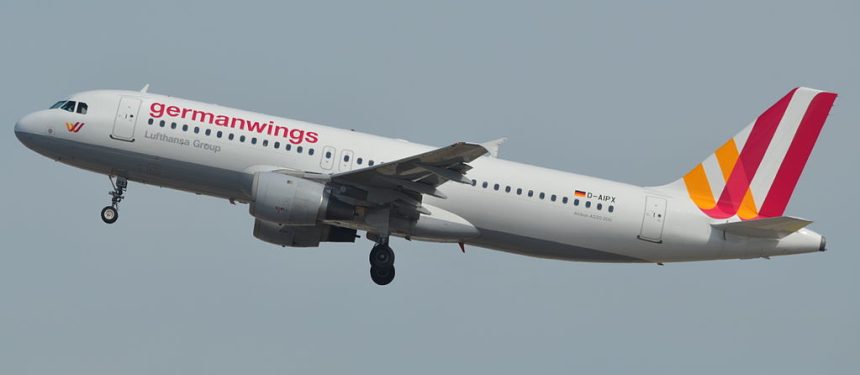Several articles have mentioned the A-GCAS (Automatic Ground Collision Avoidance System) as the military tech capable to avert the Germanwings crash.
We recently run a very detailed article about GCAT (Ground Collision Avoidance Technology), the umbrella term for a whole variety of technologies and applications in military, commercial, general and unmanned aviation aimed to prevent CFIT (Controlled Flight Into Terrain) incidents.
The Auto-GCAS (Automatic Ground-Collision Avoidance System) is an automatic system that, once installed and activated on a plane, monitors the flight parameters: to make it simple, when predictive algorithms and computer software determine that altitude, speed, attitude, GPS position, terrain are such that the CFIT is imminent, the A-GCAS automatically (without pilot initiation) sends inputs to the flight controls to recover the plane.
Developed by NASA and deployed to the U.S. F-16 fleet, A-GCAS is already credited for saving the life of a Fighting Falcon pilot involved in Operation Inherent Resolve (along with several other ones).
Will Auto-GCAS technology transition from military to civil aviation in the near future?
Whilst it’s safe to say believe technology behind Auto GCAS may one day make its way to the civilian aviation we should not forget that airliners are less prone to those kind of issues (like spatial disorientation or GLOC) that make the A-GCAS so important for jet fighters. Moreover, civil planes already feature several kinds of GCAT (Ground Collision Avoidance Technologies) that address the most common threats to the airliners.
Could such technology have prevented Germanwings crash?
Dealing with the impact the A-GCAS would have had on Germanwings CFIT, it’s safe to say that it would not have prevented the aircraft from being deliberately crashed into a mountain: A-GCAS or PARS (Pilot Activated Recovery System) are safety systems based on the assumption that pilots wants to save their planes.
Until a new version that can’t be disabled is introduced, the pilot will have the possibility to crash his/her plane on the mountain.
Furthermore these systems have some important limitations: for instance A-GCAS can’t make inputs to the throttle meaning that a pilot who wants to crash a plane may theoretically reduce throttle to idle to disable A-GCAS.
Then there is also another aspect to take into consideration: all the technology aboard a plane can become unreliable and any automatic sense-and-avoid system which acts on the flight control based on information gathered by failed sensors can become useless or even dangerous for the safety of the plane.
There are many examples (Air France 447 is among them) in which bad instrument readings, clogged pitot tubes, sensors suffering failures, etc. have been contributing factors to aviation disasters: that is the reason why pilots are usually given the possibility to disarm every onboard system, including (on military planes only, at least for the moment) the A-GCAS.
Image credit: Sebastien Mortier
















